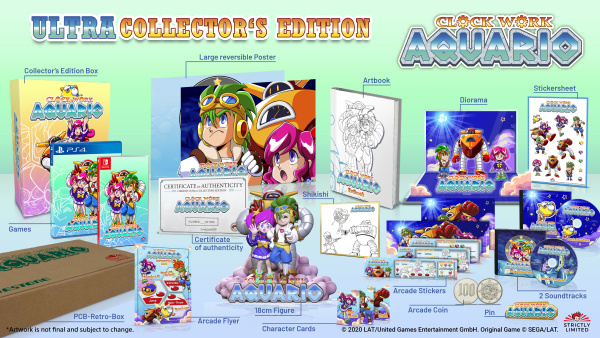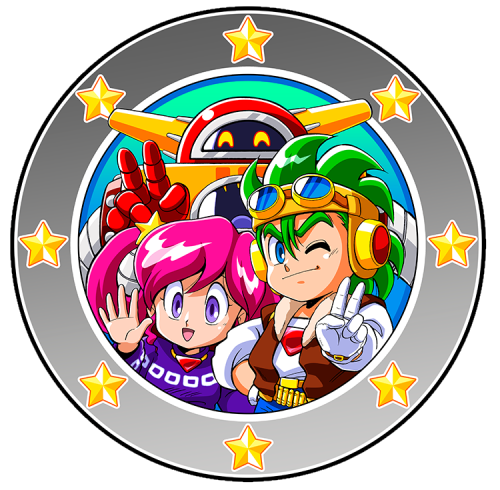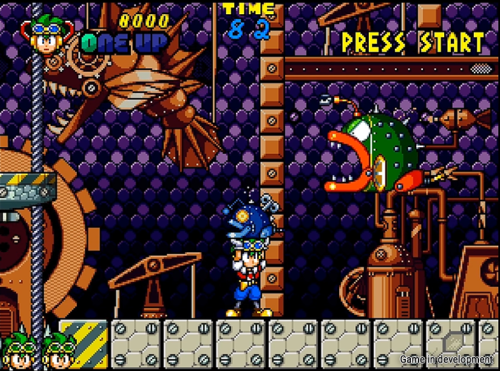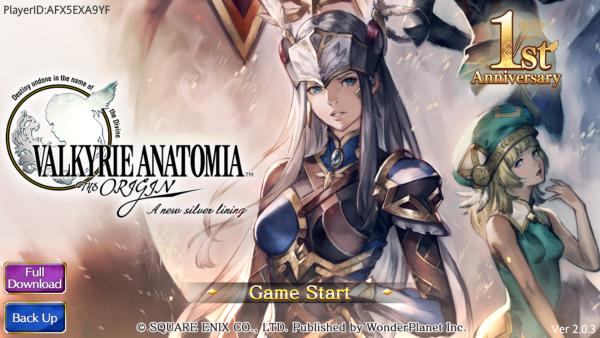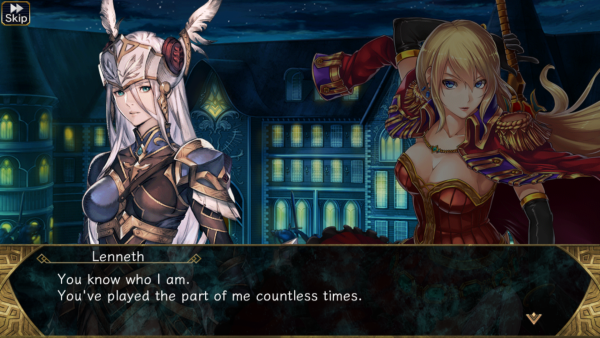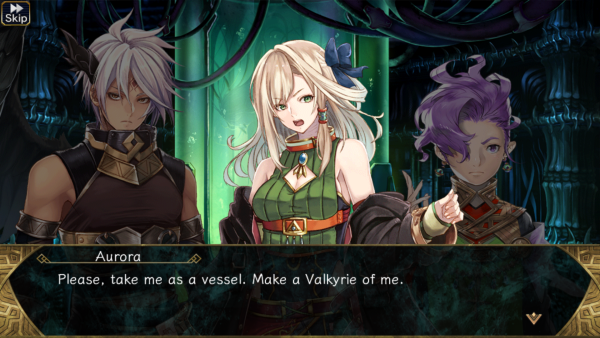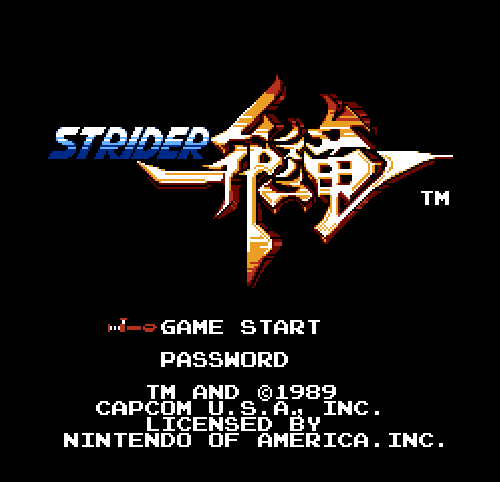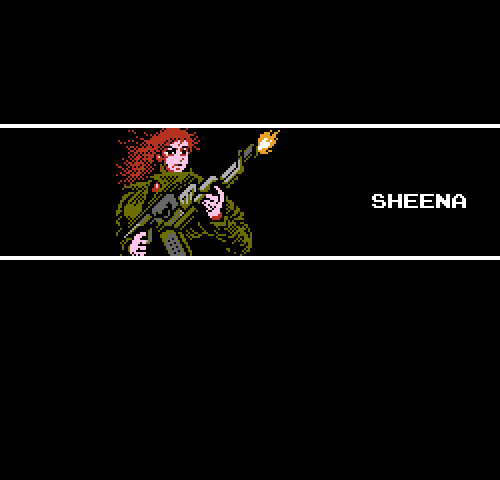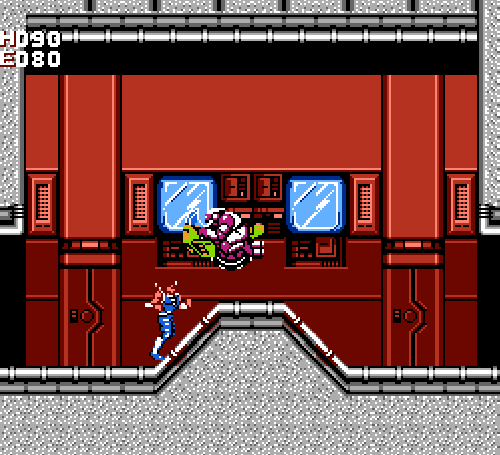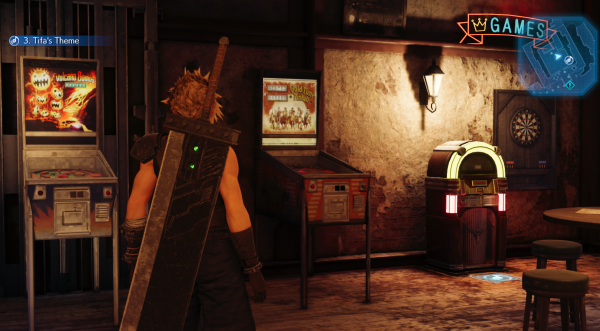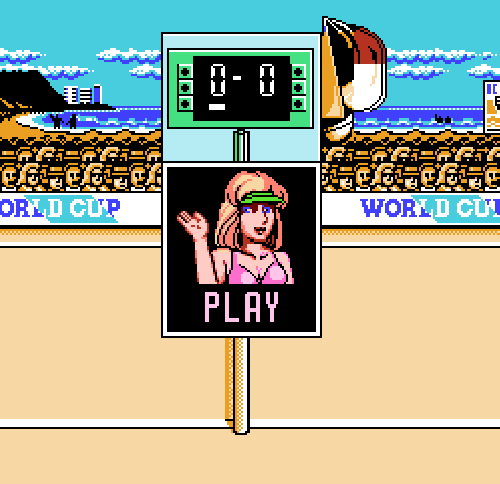Just about anything could become a game on the Nintendo Entertainment System. By the late 1980s the NES dominated America's console market, and every remotely popular film or TV show was a ripe prospect, from Star Wars and Duck Tales to older, stranger choices like
Fester’s Quest and
The Adventures of Gilligan’s Island. Of course, such games made no secret of these licenses, their covers and box copy proclaiming their ties to
Gremlins 2 or
Wheel of Fortune or
Hudson Hawk.
Yet you’ll also find my favorite vein of licensed NES games: the ones based on things so obscure that most of us weren’t aware of them. We assumed we were playing games just as original as
Super Mario Bros. or
Ninja Gaiden, and we didn’t learn the truth behind the licenses until years down the road.
BARKER BILL’S TRICK SHOOTING
(Nintendo, 1989)
Nintendo seldom bothered with games drawn from movies or TV shows. There was no point, not when Mario was bigger than Mickey Mouse by 1989. Granted, they could’ve licensed nearly anything; countless companies would’ve been eager to have the most powerful force in video games backing a tie-in for a movie or comic or TV series. And so, with the wide vista of the entertainment industry pretty much theirs for the taking, Nintendo apparently chose…an obscure 1950s cartoon mascot called Barker Bill.
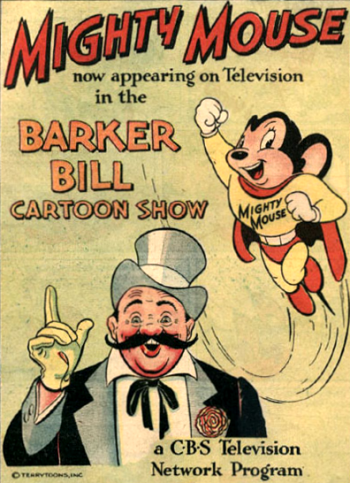 Barker Bill’s Cartoon Show
Barker Bill’s Cartoon Show was a collection of black-and-white shorts hosted by a mustachioed ringmaster, and it’s remembered mostly for pioneering afternoon cartoons for children from 1953 to 1955. Barker Bill had a TV show and a short-lived comic strip, but his star fell a good three decades before the NES even launched in North America.
Nintendo didn’t put their best squad on
Barker Bill’s Trick Shooting, but it’s not a terrible game. Bill and his assistant Trixie (who appears to be invented just for the NES) are pleasantly animated hosts of a gallery of targets, and the title screen even has them stage a trick shot and then run for their lives when the logo crashes down. There’s also a dog that pops up throughout the levels, snickering at missed shots and cementing the game as a spiritual follow-up to
Duck Hunt.
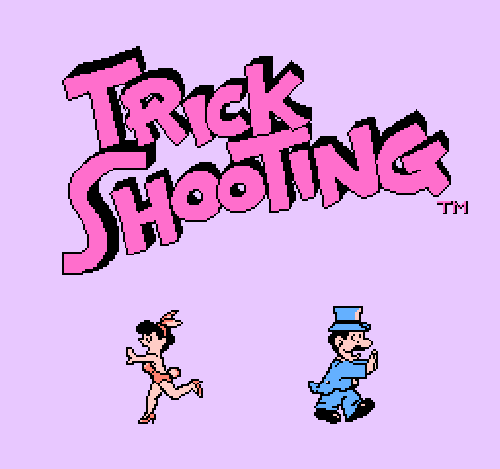 Barker Bill’s Trick Shooting
Barker Bill’s Trick Shooting is obscure even among NES games designed to use the Zapper light-gun, and it leaves behind a mystery. Why did Nintendo license Barker Bill of all things? Was it a childhood favorite of someone high up in the company’s American branch? Was Barker Bill one of those TV shows with an unexpectedly huge following in Japan, like Hanna-Barbera’s Wacky Races?
Barker Bill was never released in Japan, so I’d guess not.
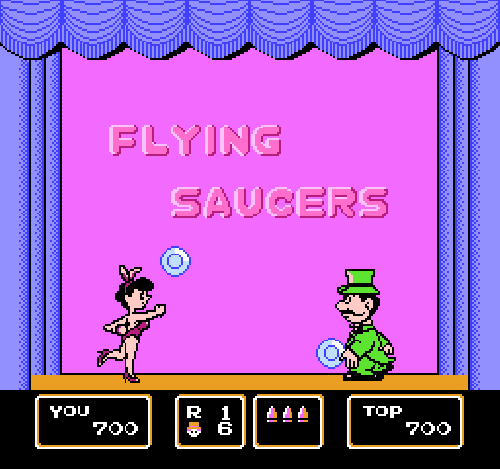
Or was
Barker Bill’s Trick Shooting not even a licensed game at all? Only Nintendo’s copyright appears on the game’s box and title screen, inviting speculation that Nintendo just invented this particular Barker Bill by convergent evolution and that no one cared enough to mount a lawsuit. Or perhaps Barker Bill was in the public domain by the 1980s and no one cared enough to fight Nintendo over him.

